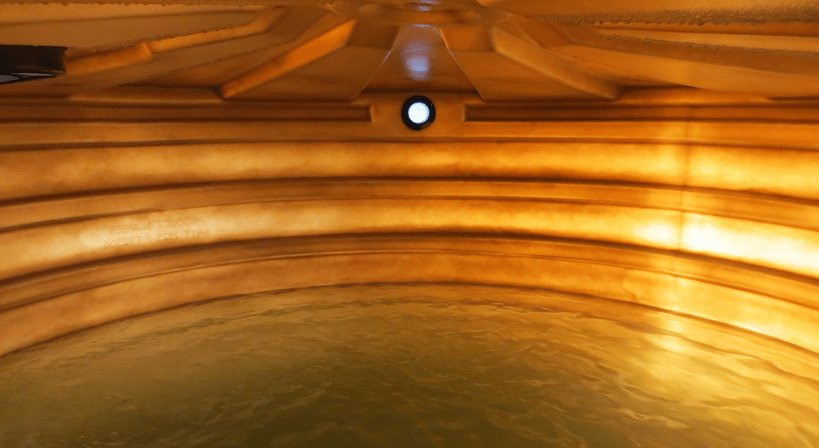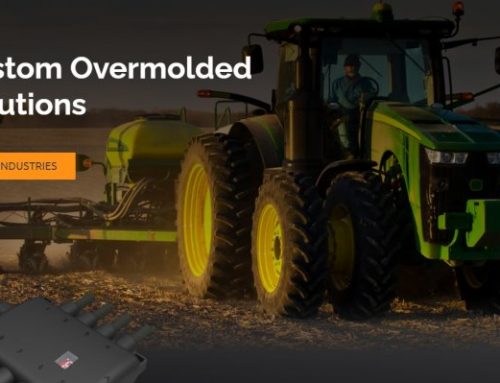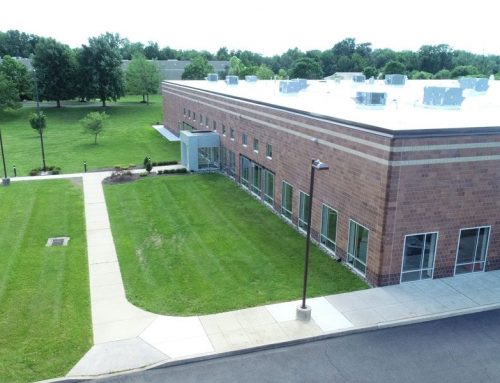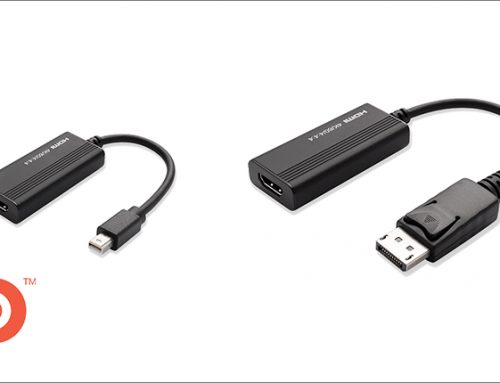Custom Non-Invasive and Standard Ultrasonic Sensors
SMD Sensors is using ultrasonic level sensors to design continuous liquid level detection solutions for tanks and bottles. These sensors mount on the top or bottom of a vessel and, by measuring the amount of time it takes for a transmitted wave to bounce off of the fluid surface and come back, they are able to continuously and reliably measure the height of the liquid in a tank. These sensors are versatile and can be used in a vast array of applications.
Some of these applications include:
- Oil tanks
- Water tank/Water treatment systems
- Chemical processing tanks
- Pharmaceutical companies
- Food manufacturing plants
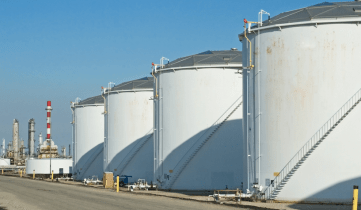
How Continuous Ultrasonic Level Sensors Work
A continuous level sensor uses piezoelectric transducers to transmit a burst of ultrasonic energy that travels at the speed of sound. The ultrasonic wave reflects off of the air/liquid interface and is returned back to the sensor. The time taken for the wave to return is measured by a signal processing circuit and used to calculate the distance, which is then converted into a usable electronic output signal.
The example in Figure 1 shows the sound waves transmitted through only one material (air). In this case, to calculate the distance between the sensor and the object intended for detection, the formula used is:
D = c*t/2
Where:
D is the height of the liquid to be measured
c is the speed of sound in the medium the sound is traveling through
t is the measured time it takes for the sound waves to return to the sensor
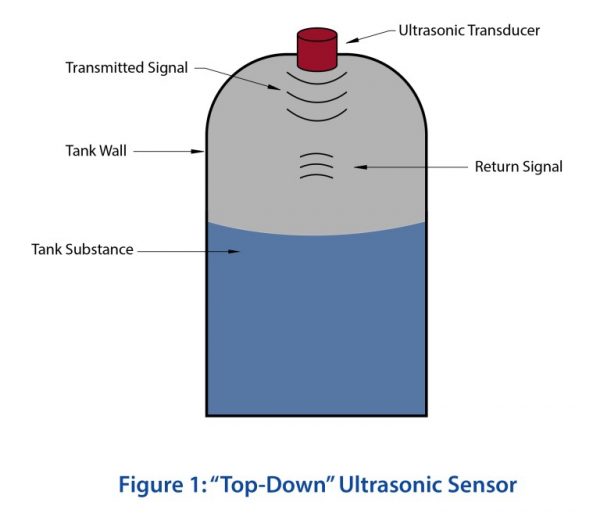
In applications where the ultrasonic wave travels through multiple different media before being reflected off of an air boundary, the speed of sound through and thickness of each material must be considered. Additionally, speed of sound is temperature dependent and therefore temperature correction factors must be applied.
In a continuous ultrasonic level sensor, nearly 100 percent of the acoustic energy in the wave is reflected off of the air/liquid interface due to the large difference in acoustic impedance between air and water. Acoustic impedance is a property of a material measured in units called Rayls and is calculated by multiplying the speed of sound in a material by the density of that material. Under typical conditions, air is hundreds of times less dense than liquids, leading to a large impedance mismatch between the two media and resulting in nearly 100 percent acoustic reflection.
The transmitted ultrasonic wave will spread out into a conical shape as it moves away from the transducer and it will reflect off of any solid or liquid surfaces in its path. Therefore, in many cases, the ultrasonic level sensor must be mounted far enough away from the walls of the tank to avoid interference.
Custom Sensor Solutions: “Top-Down” vs “Bottom-Up” Ultrasonic Level Sensors
The vast majority of ultrasonic liquid level sensors on the market mount to the top of a tank as shown in Figure 1, and are sometimes known as “top-down” sensors. The reason this is most often the preferred configuration is that the only medium the sound waves will travel through before reflecting is air, a medium for which the speed of sound is well known.
An alternative configuration is to mount the transducer at the bottom of the tank as shown in Figure 2 so that the sound waves travel through the liquid then reflect off the liquid/air interface. This is sometimes known as a “bottom-up” sensor.
The main disadvantage of sensing this way is that sound travels at different speeds through different liquids. This means that in order to make an accurate liquid level measurement, the sensor must be programmed to “know” what liquid is in the tank.
This limitation can be overcome in various ways including calibration and adding additional transducers to be used for fluid identification, however, this almost always results in the need for a custom design for a specific application. This is why you will see very few “off the shelf” bottom-up sensors on the market.
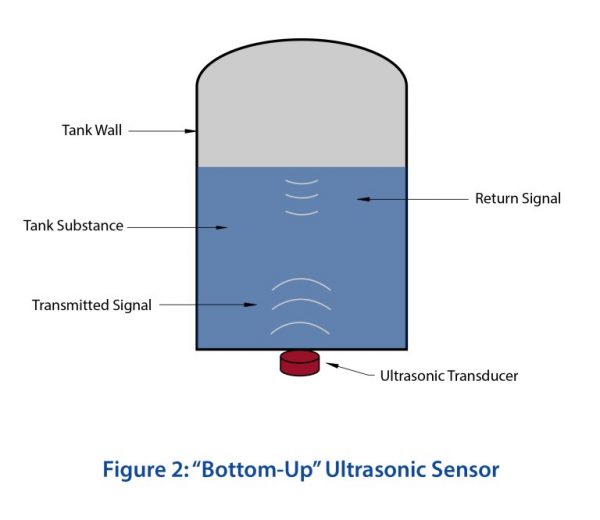
Why go through the trouble of designing a custom “bottom up” solution when a “top down” solution is easier and more readily available? There are three key reasons to consider custom a bottom-up ultrasonic liquid level sensor:
- A bottom-up level sensor can be placed outside the wall of a bottle or tank resulting in a completely non-invasive continuous liquid level sensor. This is an extremely important consideration in many pharmaceutical and medical liquid level sensing applications where sterility is a must. Top-down sensors cannot be made to be noninvasive for the same reason that the technology works so well in the first place: sound traveling through air will bounce off of any solid or liquid surface that you put in front of it, including the walls of the vessel. In order to get ultrasound into air, the sound waves must be generated in the air, necessitating that the sensor is in contact with the air inside of the tank resulting in an inherently invasive top-down sensor.
- Bottom-up continuous ultrasonic liquid level sensors can be mounted temporarily to the outside wall of a vessel using a means of dry-coupling. This means the system can be designed with a permanent sensor that interfaces temporarily to a single-use disposable bottle or vessel, which is a key consideration in many medical and pharmaceutical liquid level sensing applications. The best vessel materials for this type of bottom up sensor are plastic or glass.
- Since bottom-up sensors are designed to send the sound wave through liquid instead of air, a higher frequency ultrasound wave can be used without significant ultrasound attenuation. Most top-down sensors operate at 40kHz while bottom-up sensors can be up to 1MHz. This has numerous advantages including a smaller “dead zone” in front of the transducer and a narrower ultrasonic beam to help in avoiding interference from obstacles and the walls of the tank.
Despite all of these significant advantages of bottom-up style liquid level sensors, few are on the market due to the large amount of customization that must go into each specific application. Luckily this is where SMD Sensors shines – the vast majority of the sensors we sell are custom-designed collaboratively with our customers to solve a specific problem. Further, we have significant experience with non-invasive sensors, including bubble sensors, non-invasive pressure sensors, flow meters, and occlusion sensors.
Is a continuous ultrasonic level sensor the correct solution to your current problem? Contact us to find out!
- Key factors to consider when selecting a continuous ultrasonic level sensor:
- The type of liquid being measured. Does it need to be sterile? Is it a harsh chemical? Is it highly flammable? If the answer is yes to any of these questions, then you may need a sensor that is made out of a chemically resistant material or a non-invasive sensor.
- What environment is the sensor going to be exposed to? Extreme heat/cold? Make sure the sensor you choose can withstand the operating and storage conditions.
- Do you need a sensor that is rated explosion-proof or intrinsically safe?
- What output type can you support?
- What input voltage can you supply?
- What is the height of your tank? Can you afford to have small liquid levels not to be detected? If the tank is very small, you may need a sensor that will give you a very small range of dead space (distance in front of the sensor that it cannot detect).


